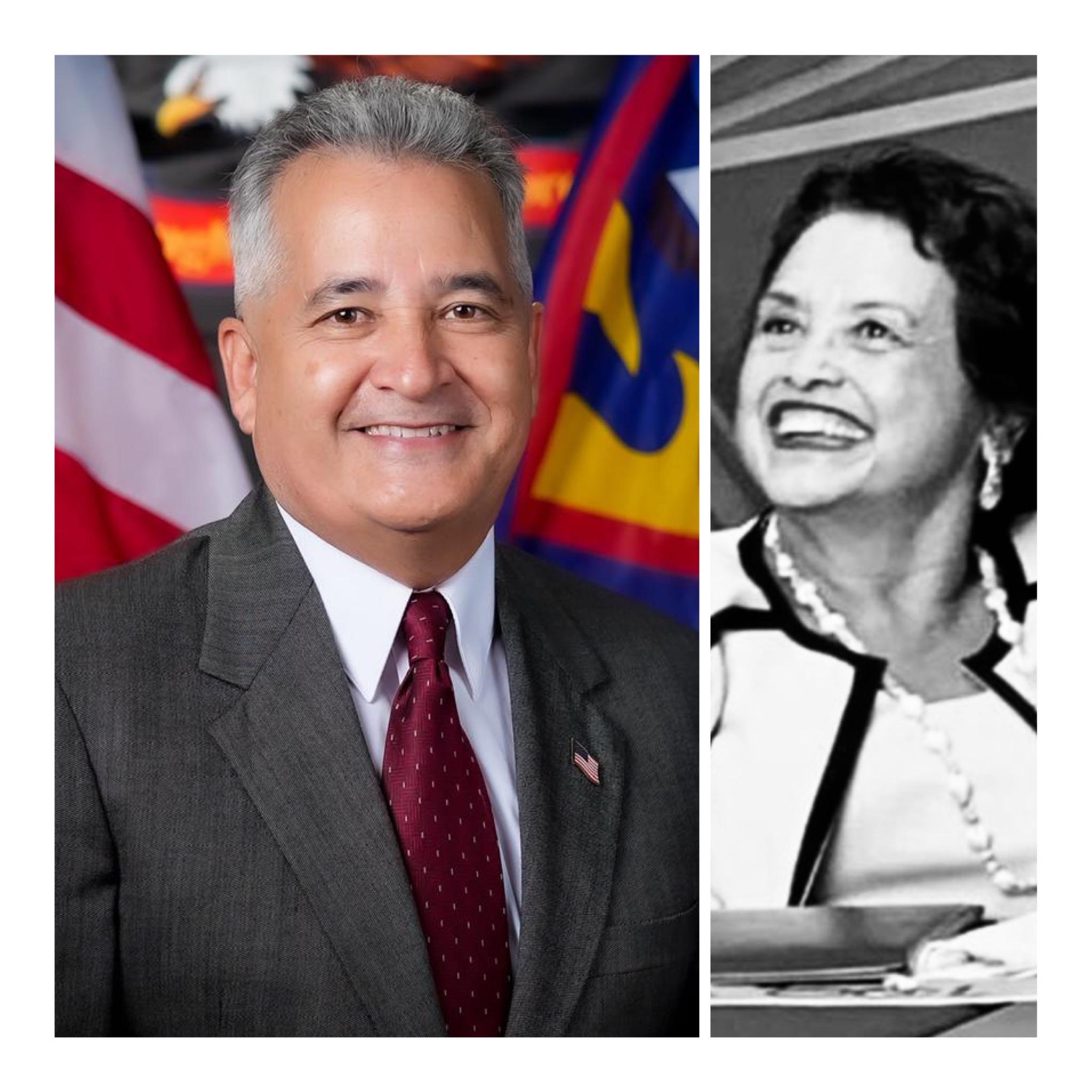 The governor, government of Guam directors, certifying officers, and other officials within 21 agencies ended February with a letter from the attorney general that contained an ominous announcement:
The governor, government of Guam directors, certifying officers, and other officials within 21 agencies ended February with a letter from the attorney general that contained an ominous announcement:
They are under criminal and civil investigation by the Office of the Attorney General.
The announcement was not the purpose of the nine-page letter, but a byproduct of the letter’s intent. That was to inform 21 named agencies and instrumentalities of the government – including the Office of the Governor – that the OAG temporarily is ceasing to provide legal representation to them. The move may have dire consequences on each agency’s ability to spend money. Among the legal services the AG provides to all public entities is to sign off on certain procurements.
The impetus for the decision by Douglas Moylan is two Leon Guerrero administration officials’ pending questions before the Superior Court that seeks to disqualify the OAG from prosecuting the two officials for corruption. The basis of their argument is that Mr. Moylan’s office provided the two officials’ agency with legal advice, creating an ethical dilemma for the OAG according to the Guam Rules of Professional Conduct, which governs the conduct of attorneys.
“In government corruption prosecutions defense counsels have asked Superior Court of Guam Judges to proceed with evidentiary hearings as to whether it is an ethical violation for the Attorney General of Guam to prosecute corrupt government officials given that the Office previously provided civil legal services to the departments that the government official under investigation was or is employed by,” Mr. Moylan wrote in a February 28 confidential memo to all agency heads. The memo was leaked to Kandit. “These claims are being raised as a violation of the Guam Rules of Professional Conduct for attorneys. An adverse ruling can result in an attorney’s license being suspended or terminated, thereby stopping an attorney from forever thereafter practicing law in that jurisdiction, and financially supporting ourselves and our families.”
The attorney general laid out a lengthy argument supported by case law that posits that it is a ludicrous and inorganic theory that the Guam Rules of Professional Conduct’s particular rule governing the conflicts of interest would apply to the OAG, considering its lawful purpose to represent the interests of the people of Guam above its government representatives.
“The elected Attorney General has had to choose between overseeing the prosecution of government officials accused of criminal wrongdoing by Grand Juries, and appointing a different attorney to control the civil direction and control for Government of Guam departments, who the elected AG will not control,” Mr. Moylan explained, pointing to an operational pivot that occurred since the officials raised the ethical dilemma to the courts in their corruption cases.
“We have therefore elected to temporarily withdraw from representing your department due to this potential legal conflict and until the Courts give us a clear direction,” he wrote. That sentence was followed by nearly two pages of legal analysis, culminating in the fourth page of the letter with this announcement:
“Because of this legal scrutiny in the Courts upon the ethical conduct of the AG’s Office attorneys, we have reluctantly decided to temporarily withdraw from representing Departments and Agencies in which we have active criminal and / or civil investigations.”
The letter does not explain anything about the investigations beyond identifying the primary source that catapulted the 21 agencies into the war room of the OAG’s Government Corruption Division: several audit from the Office of Public Accountability. Mr. Moylan also noted that those audits are not the only sources, and the 21 agencies may not be the only ones under investigation. The letter does not provide any hint as to when each of the investigations began, or if they began all at the same time. Nor does the letter name any specific official or office.
Mr. Moylan urged the 21 agency heads to secure their own attorneys until such time the ethical dilemma is resolved in court. In the meantime, he wrote, “this AG chooses to PROTECT THE PEOPLE / PUBLIC INTEREST over that of the public officials who may have broken Guam’s civil and criminal laws.”
From now on, the OAG will insert the language “potential conflict/cannot sign” into the signature fields of documents from those agencies requiring his signature.
“Also, please be aware, that until further notice that any communications with our Office is to be considered by you as non-privileged and not protected by the Attorney-Client Privilege,” he wrote, closing out his letter with, “By taking this action, we choose to protect our People of Guam and to continue conducting criminal and civil investigations and prosecutions that Protect the Public Interest on behalf of our People, even if that investigation involves public officials.”
The following agencies and instrumentalities of the government of Guam are the subject of criminal and civil investigations by the OAG:
- A.B. Won Pat International Airport Authority, Guam
- Chamorro Land Trust Commission
- Department of Administration
- Department of Labor
- Department of Public Works
- Department of Revenue and Taxation
- Government of Guam Retirement Fund
- Guam Community College
- Guam Consolidated Commission on Utilities
- Guam Department of Education
- Guam Department of Public Health and Social Services
- Guam Fire Department
- Guam Homeland Security/Office of Civil Defense
- Guam Memorial Hospital Authority
- Guam Power Authority
- Guam Public Utilities Commission
- Guam Regional Transit Authority
- Guam Waterworks Authority
- Office of the Governor of Guam
- Port Authority of Guam
- University of Guam / Research Corporation of the University of Guam






3 Comments
Kepuha
03/02/2024 at 5:30 AM
I’m really mindblown GPD isn’t on this list.
rtp
03/02/2024 at 3:19 PM
mayors and mayors’ council should be in the top 10.
Alan San Nicolas
03/02/2024 at 8:06 PM
Hafa na ti po ma imbestiga I ofisina I fiskat aka AG office ? D.M. ha lesta I otru na ahensia ya ti ha lesta gue. Agang l f.b.i. ya siha u imbestiga I enteru I gobetno-ta.